Sales hot line ( 24 hours service):+86 13015583380
E-Mail: firstfurnace@gmail.com
whatsapp:+86 13015583380
Adress: Luoxin Industrial Park, Luoyang, HenanLarge diameter steel pipe quen
Piston rod quenching and tempe
Grinding rod quenching and tem
High frequency induction heate
Quenching equipment for machin
Round steel end heating furnac
Steel pipe heat treatment prod
Square steel quenching and tem
Sucker rod quenching and tempe
Thickened petroleum steel pipe
Round steel quenching and temp
Steel pipe quenching and tempe
Steel plate quenching and temp
Induction Hardening Machine&nb
Flywheel ring gear high freque
The quenching process of ball screws usually includes preheating, quenching, tempering and cooling.
1. Ball screw preheating process: Preheating is a key step before quenching, aiming to heat the ball screw to above the quenching temperature, so that its structure and chemical composition are evenly distributed and internal stress is eliminated. The preheating temperature is generally determined according to the type and specification of the specific material, usually around 850℃, and the preheating time is generally 2-4 hours.
2. Ball screw quenching process: Quenching is a key step in the heat treatment of ball screws, and a hardened layer is formed on the surface of the screw through rapid cooling. The selection of quenching medium is crucial, and water, oil, brine and other media with sufficient heat dissipation capacity are generally selected. The temperature and time must be strictly controlled during the quenching process to avoid cracks and deformation.
3. Ball screw tempering process: Tempering is a necessary process after quenching, aiming to eliminate quenching stress and improve the toughness and strength of the ball screw. The tempering temperature is generally 350-500℃, and the time is 1-2 hours. Through tempering, the organizational structure of the screw can be further adjusted to achieve the desired performance.
4. Ball screw cooling process: Cooling is the last step of the quenching process, which aims to prevent the surface oxidation and discoloration of the screw, while ensuring that its surface hardness and organization reach the best state. The cooling medium is generally air or water cooling.

Iron induction furnace

Aluminum melting furnace

Copper melting furnace

Small steel melting furnace

Small induction melting furnace

Induction iron furnace

3T intermediate frequency iron melting f
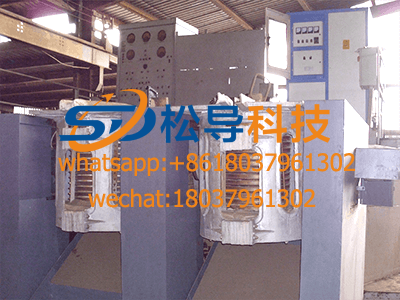
0.25T Intermediate Frequency Furnace
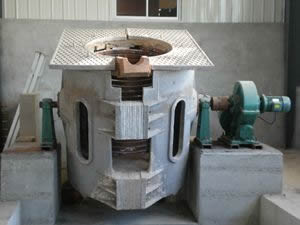
0.5T Intermediate Frequency Furnace
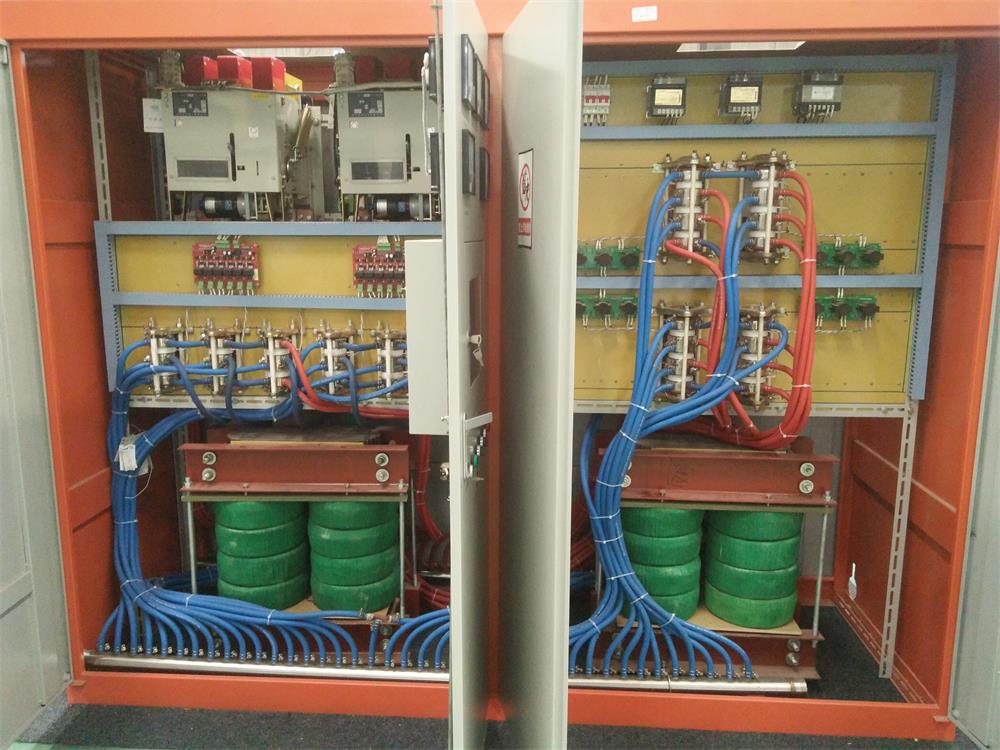
Medium Frequency Furnace

2T Induction Melting Furnace
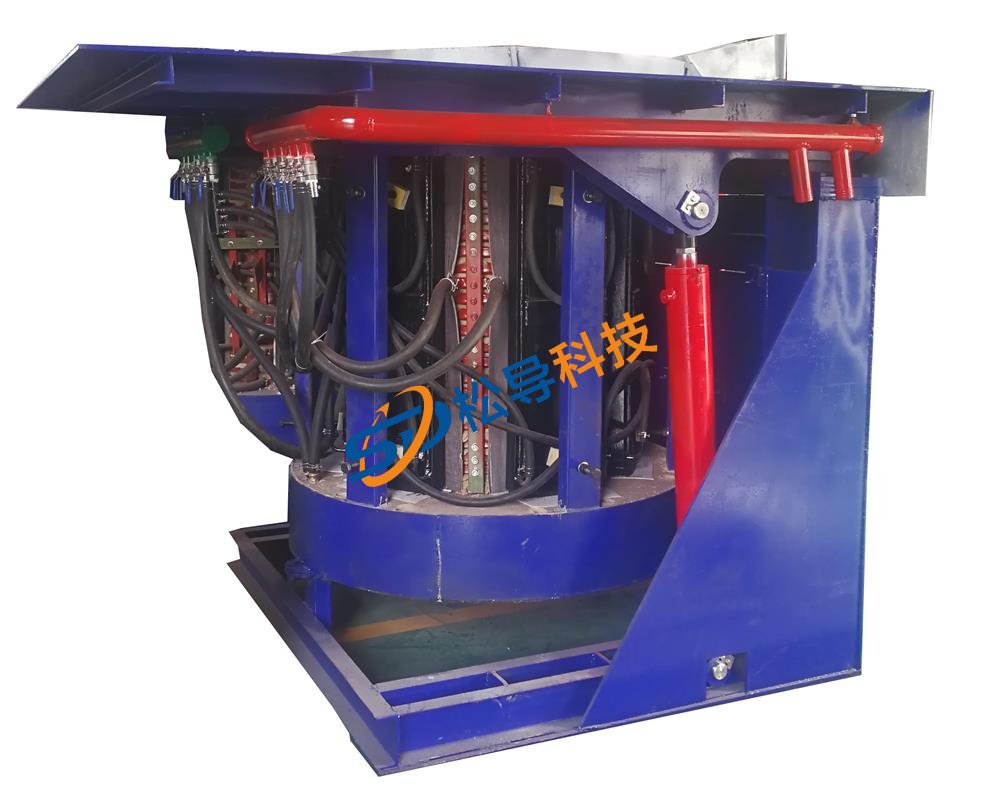
1T Induction Melting Furnace
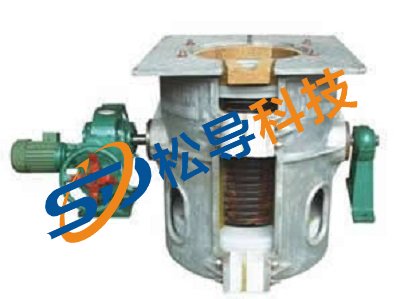
500kg Induction Melting Furnace
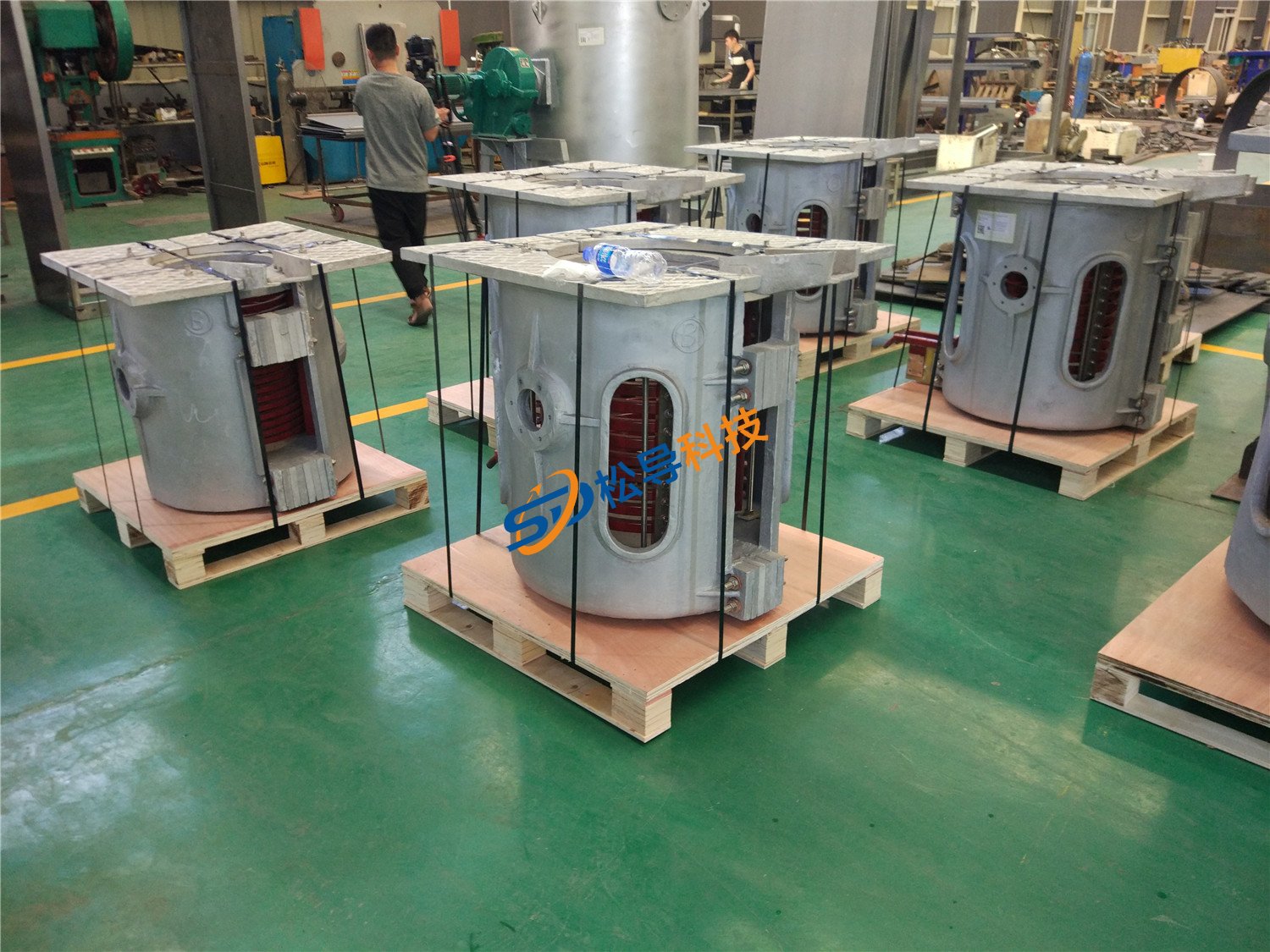
250kg Induction Melting Furnace
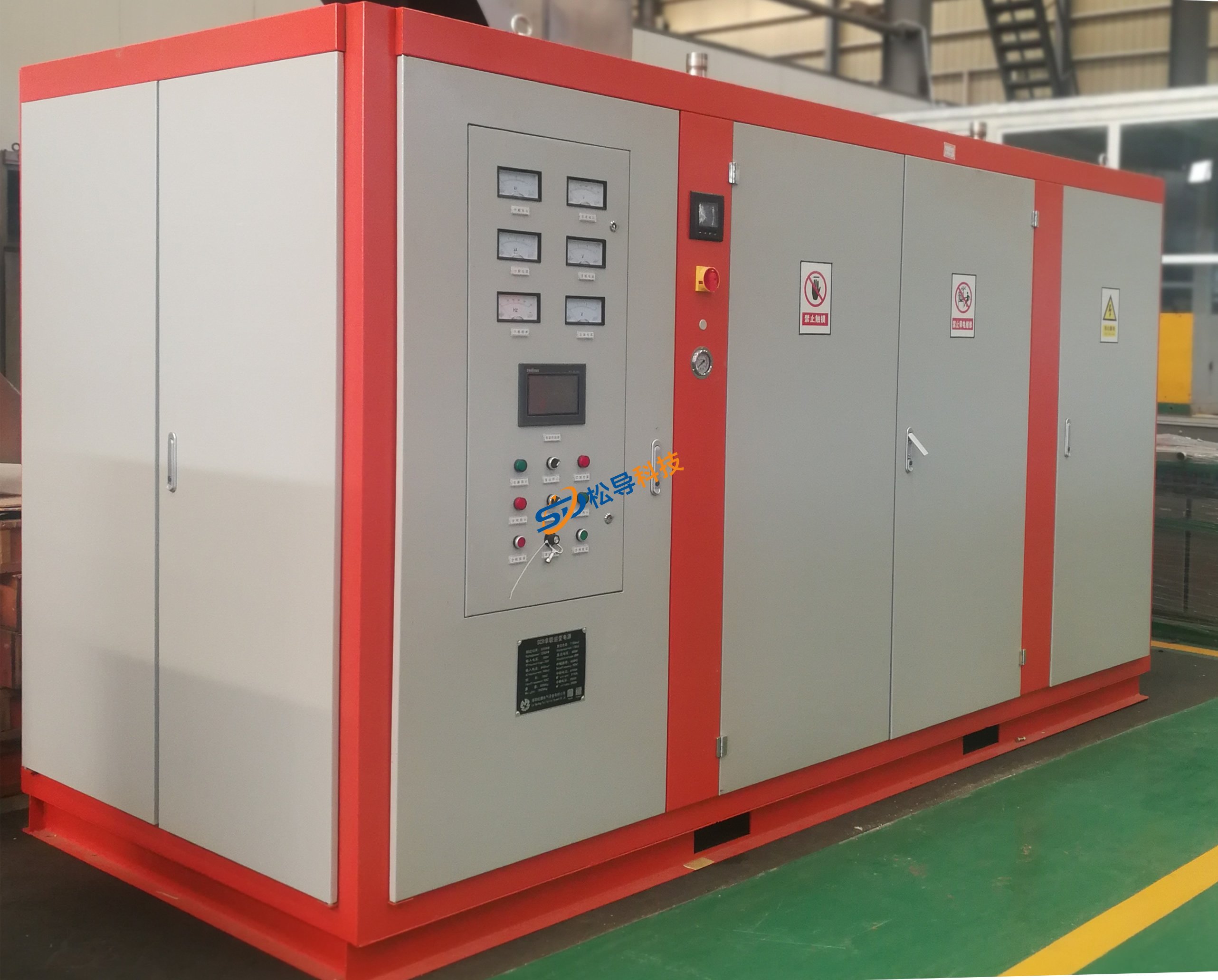
Induction Melting Furnace
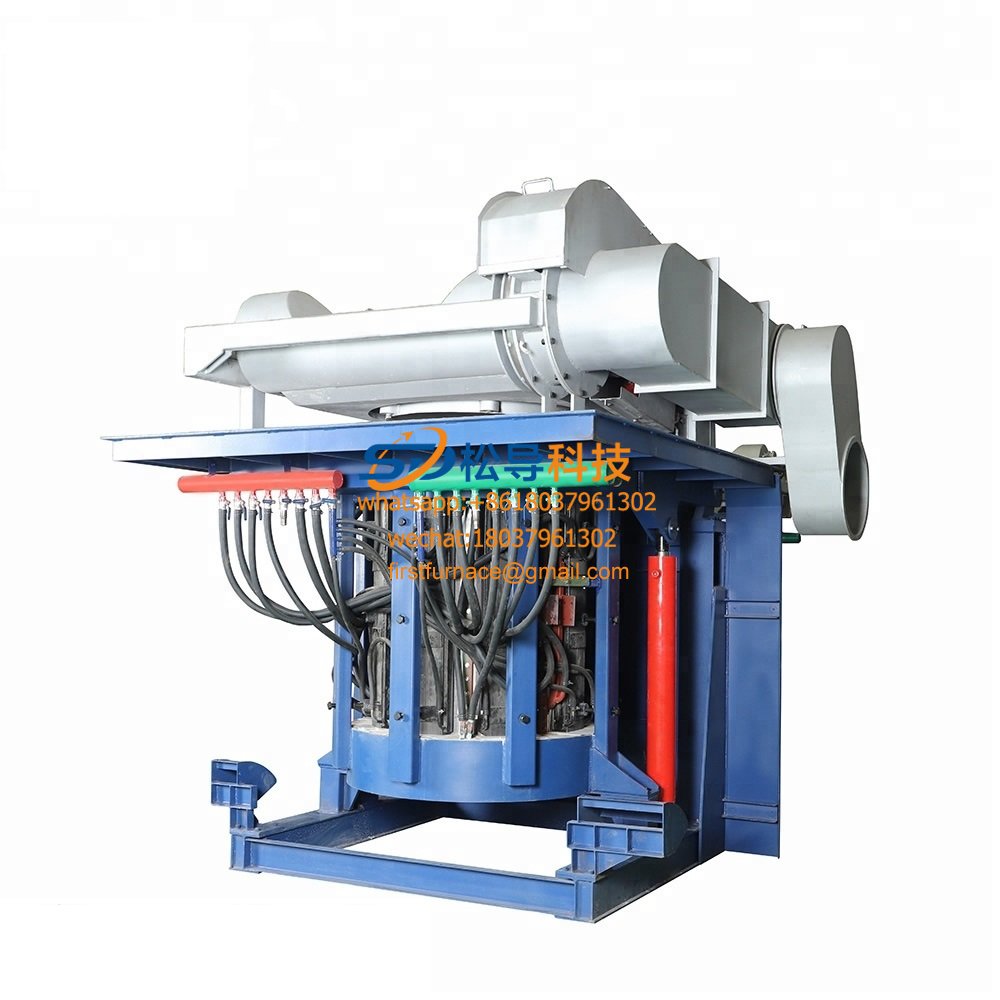
3 T Induction Melting Furnace
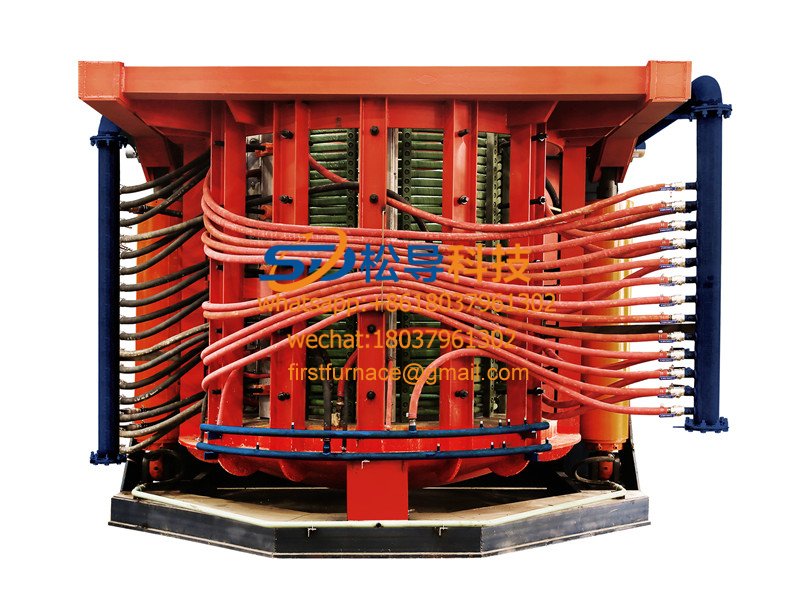
5T Induction Melting Furnace
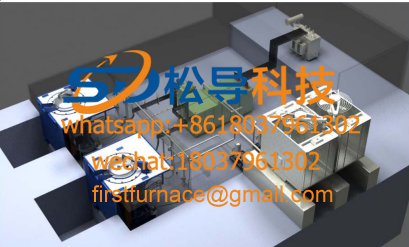
1T One Belt Two Intermediate Frequency F

5T One Belt Two Intermediate Frequency F
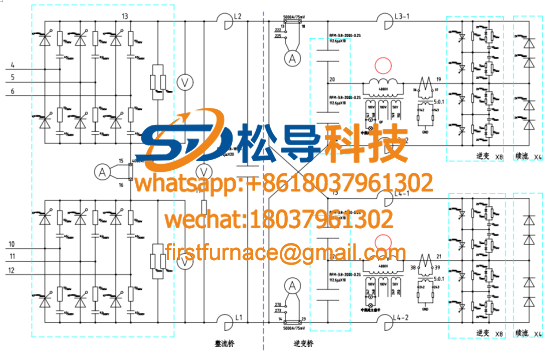
3T One Belt Two Intermediate Frequency F
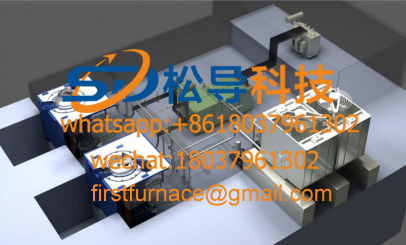
2T One Belt Two Intermediate Frequency F
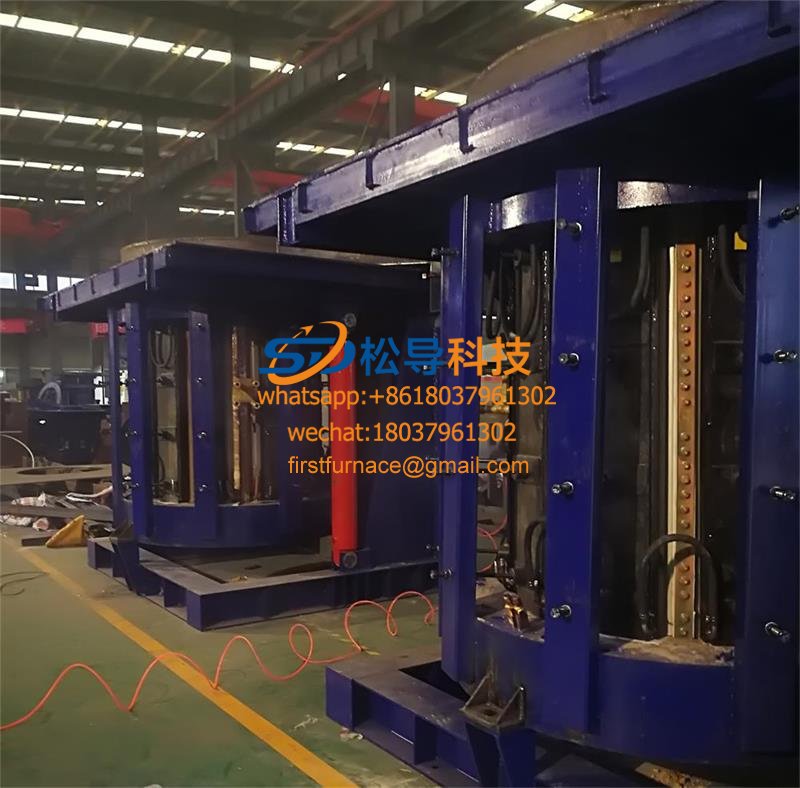
5T Parallel Intermediate Frequency Furna
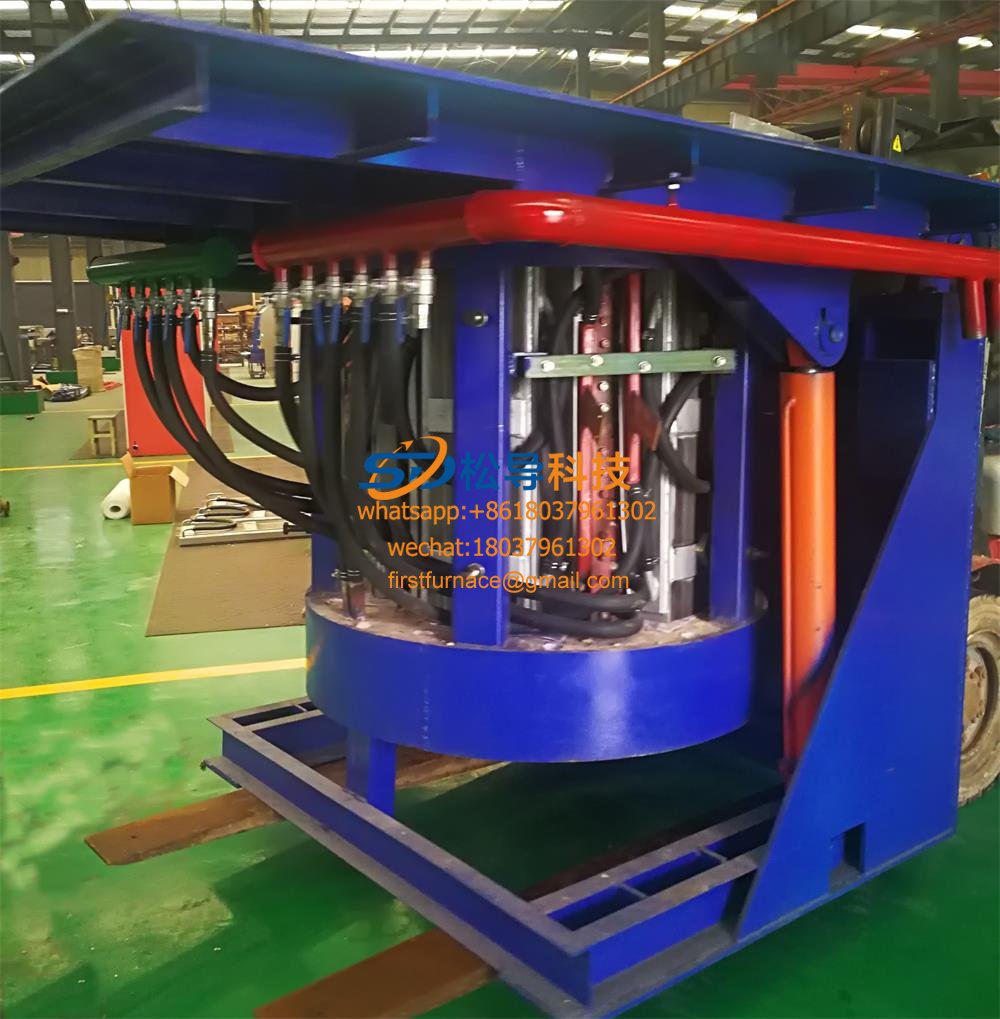
5T Intermediate Frequency Furnace

5T Series Intermediate Frequency Furnace
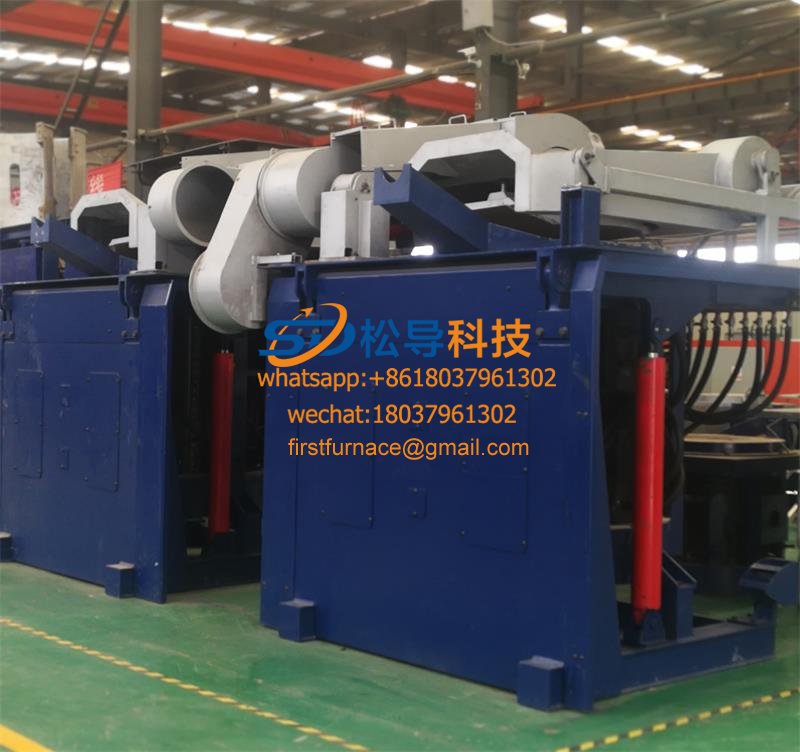
3T Series Intermediate Frequency Furnace
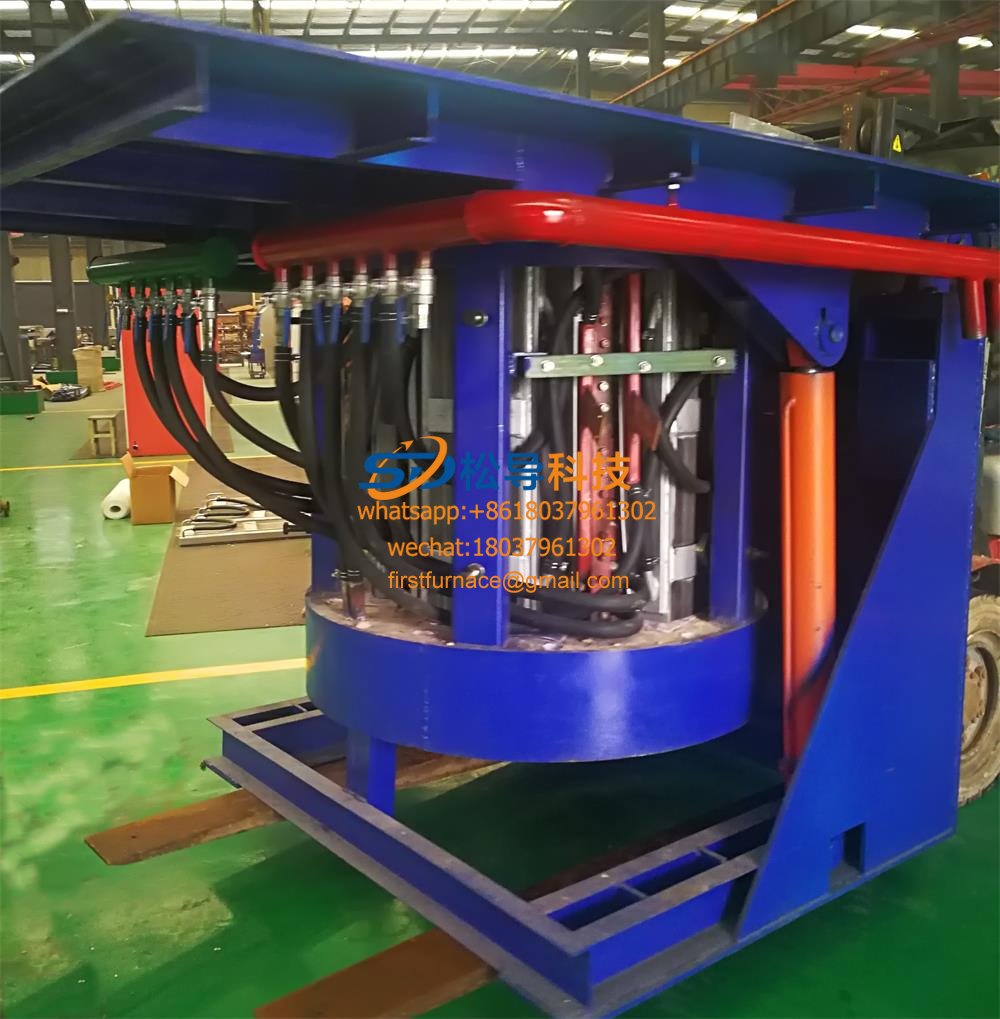
2T Series Intermediate Frequency Furnace
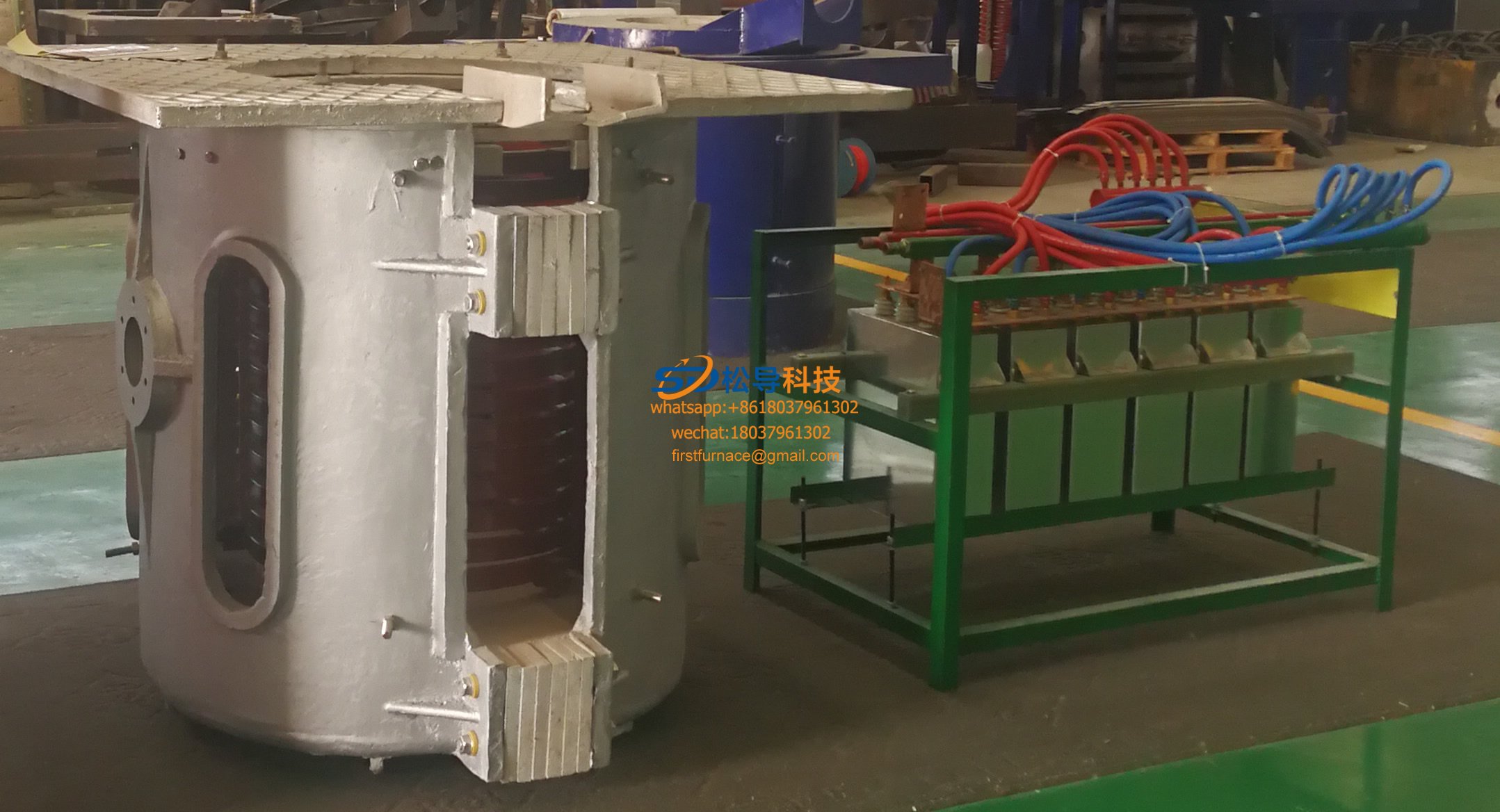
1T Series Intermediate Frequency Furnace
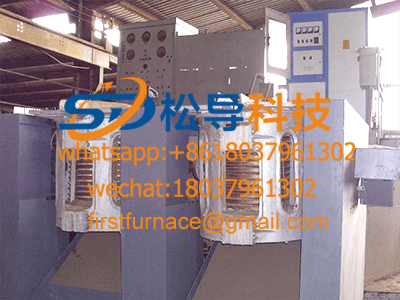
0.5T Series Intermediate Frequency Furna

0.25T Series Intermediate Frequency Furn

1T Parallel Intermediate Frequency Furna
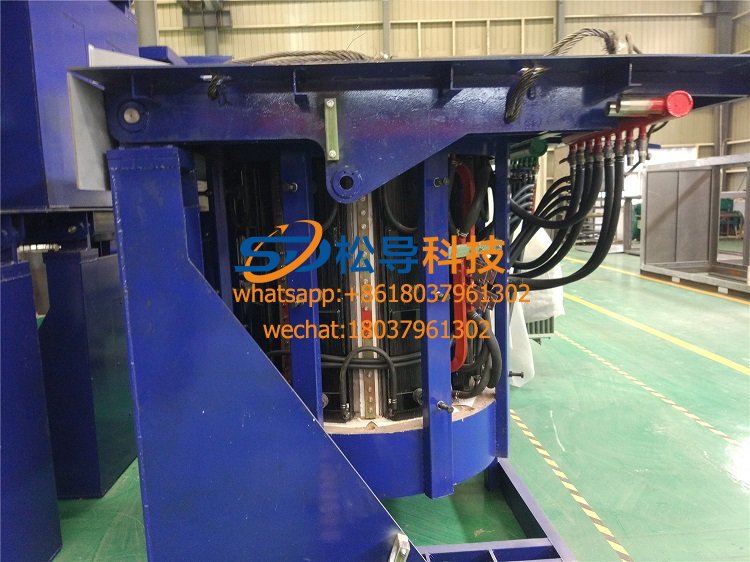
2T Parallel Intermediate Frequency Furna
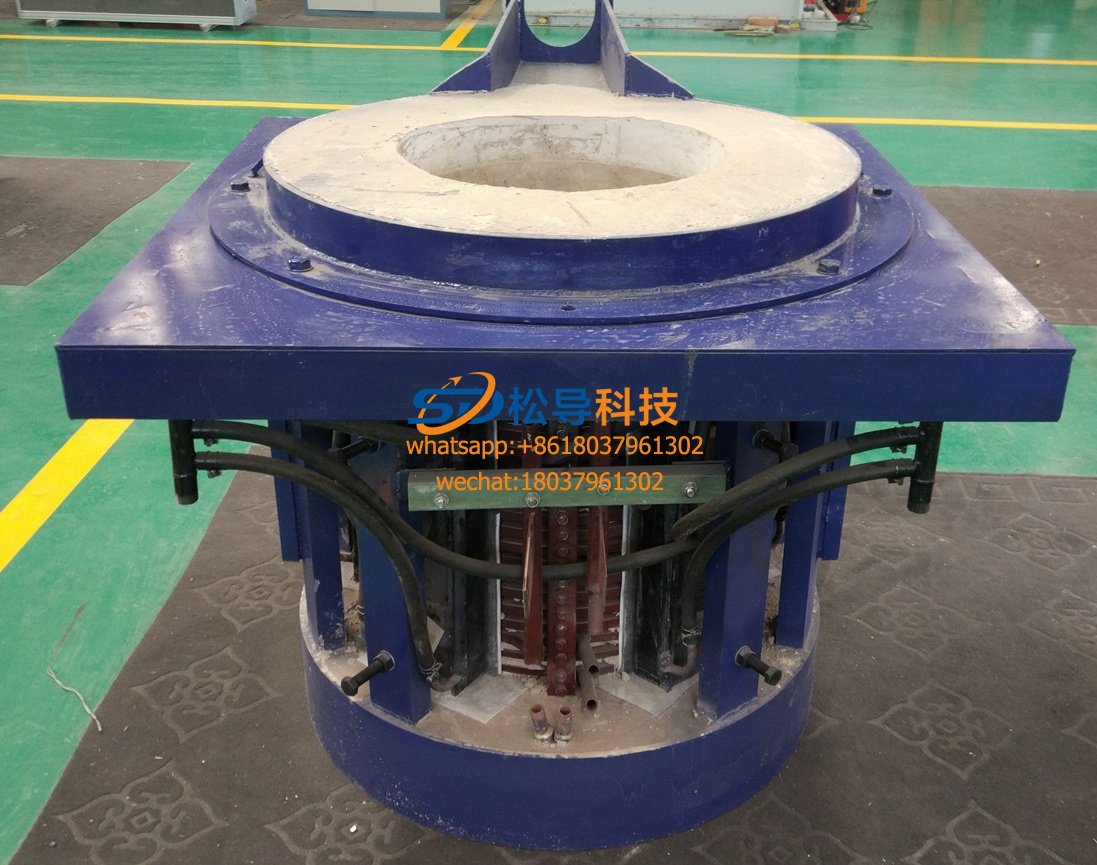
0.5T Parallel Intermediate Frequency Fur






